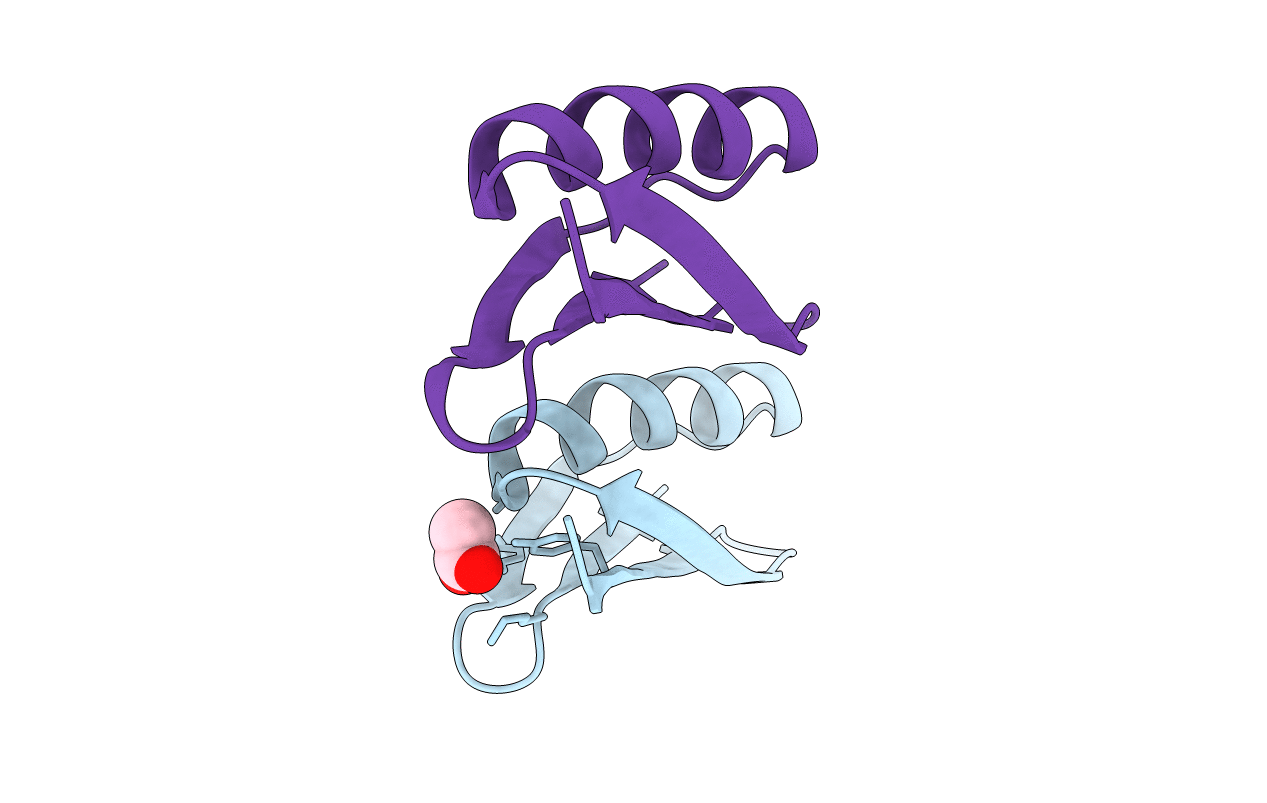
Deposition Date
2019-07-31
Release Date
2019-10-23
Last Version Date
2023-11-22
Entry Detail
PDB ID:
6KMC
Keywords:
Title:
Crystal structure of a Streptococcal protein G B1 mutant
Biological Source:
Source Organism:
Streptococcus sp. 'group G' (Taxon ID: 1320)
Host Organism:
Method Details:
Experimental Method:
Resolution:
1.84 Å
R-Value Free:
0.26
R-Value Work:
0.19
R-Value Observed:
0.20
Space Group:
P 21 21 2


